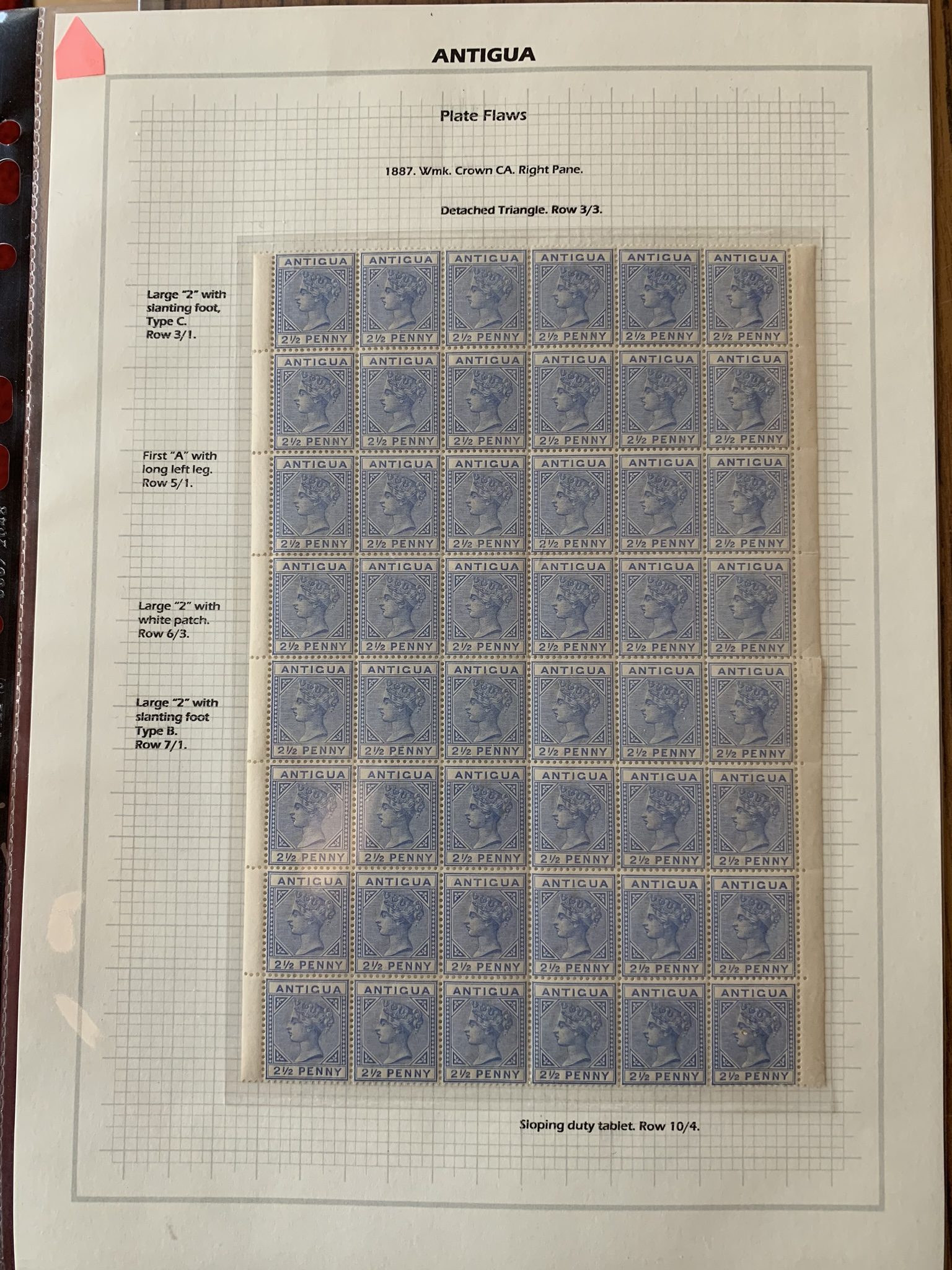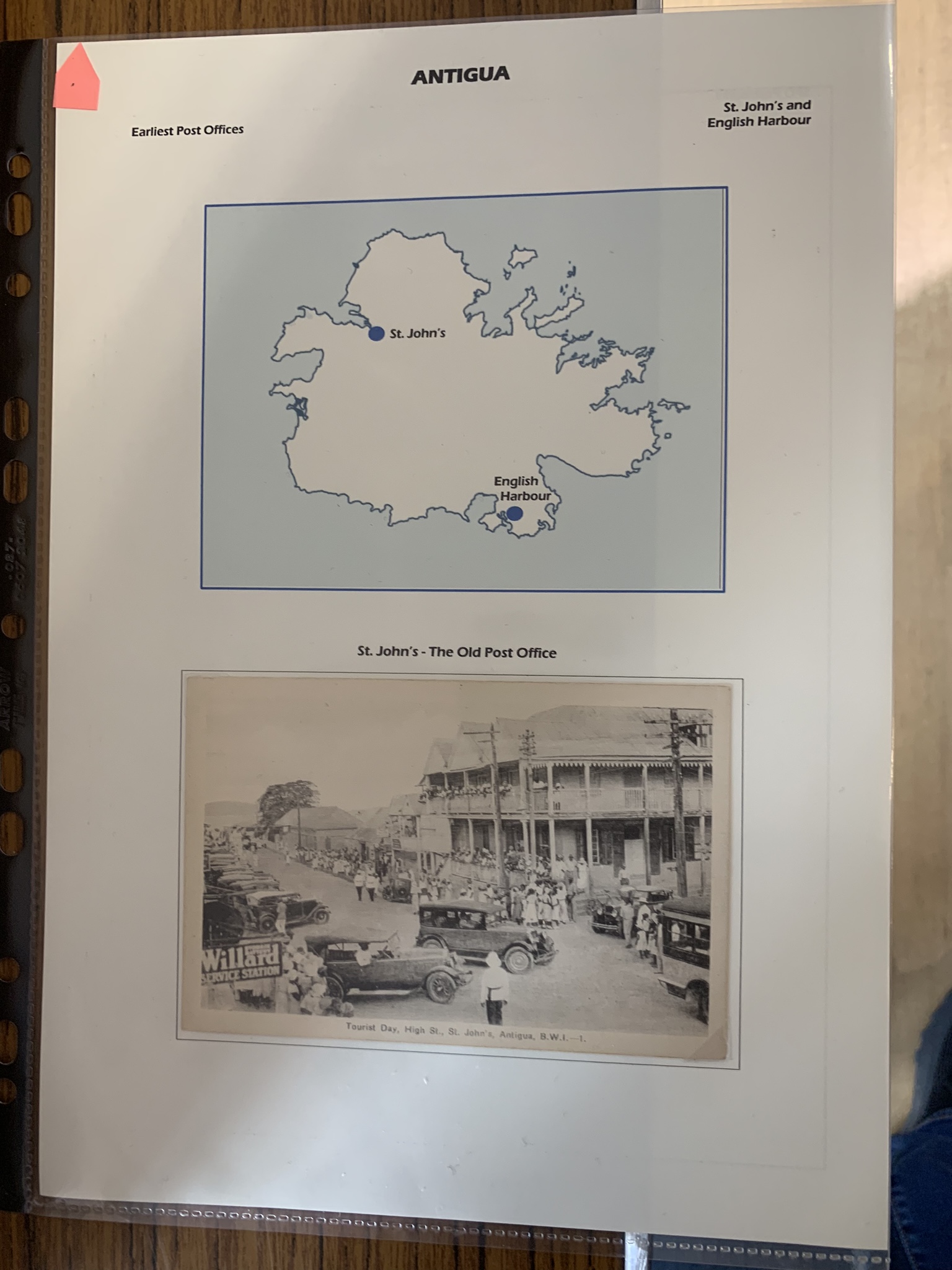John gave us a great display on Antigua starting of with a short history of the Island. Antigua was discovered by Christopher Columbus, in 1493, and was named after the church of Santa Maria la Antigua in Seville. Antigua and Barbuda became an independent state within the Commonwealth of Nations on 1 November 1981. In 1632, a group of English colonists left St. Kitts to settle on Antigua. Sir Christopher Codrington, an Englishman, established the first permanent European settlement. From that point on, Antigua history took a dramatic turn. Codrington guided development on the island as a profitable sugar colony. It was located on the major sailing routes among the region's resource-rich colonies.
The island is 14 miles long and 11 miles wide. The capital St John’s is situated in the north-west and has a deep harbour which is able to accommodate large cruise ships.
English Harbour on the south-eastern coast is famed for its protected shelter during violent storms. It is the site of a restored British colonial naval station called "Nelson's Dockyard" after Captain Horatio Nelson, who arrived here in the late 18th century to preserve the island's commercial shipping.
John gave us a chronological order of the Postal History and stamps produced by Antigua from 1763-1967. The postal arrangements of Antigua were controlled by the British Postmaster General in London until 1 May 1860. The island authorities set up an internal post in March 1841, between St John's and English Harbour, with Mr Scotland as the postmaster. From 1858 Great Britain stamps were made available for use in Antigua. Letters from St John’s were postmarked “A02” and those from English Harbour were obliterated with “A18”. The Post Office Act of Antigua, passed on 24 April 1860, by the Assembly of the Leeward Islands, transferred control to the local government. The first order for stamps was for a sixpence denomination to be used for the letter rate from Antigua to Great Britain. A consignment of 8,000 stamps, was sent out on 1 July 1862, by the printers, Messrs Perkins Bacon and Co. These arrived and were issued sometime in August 1862. A one penny stamp was issued in 1863. These two stamps were in circulation for 16 years. The design of these stamps is based on a drawing of Queen Victoria’s head by Edward Henry Corbould and was engraved by Charles Henry Jeens. The plates from which Messrs Perkins Bacon and Co had printed all the Antiguan stamps up to that date were handed over to the new contractors for the colony, Messrs De la Rue and Co on 23 November 1871. Between October 1890 and July 1903 Leeward Islands stamps were used in Antigua and were used concurrently with issues of the Leeward Islands until 1956.
John also mentioned the different varieties, flaws, and watermarks.
The postal history side of Antigua compared with stamps is hard to find. John showed us a rare postmark of St Stephens (only six are known) and the only cover known with a Swetes postmark, along with some forgeries and the different types of post office cancellations from around the island. The first postmark was in 1890. The first air mail was in 1929 when Charles Lindbergh visited the island. He also showed us the first censor mark of the islands (Barbuda)
A most successful and sometimes humours afternoon.











